The Mighty History of Aviation: Milestones and Pioneers
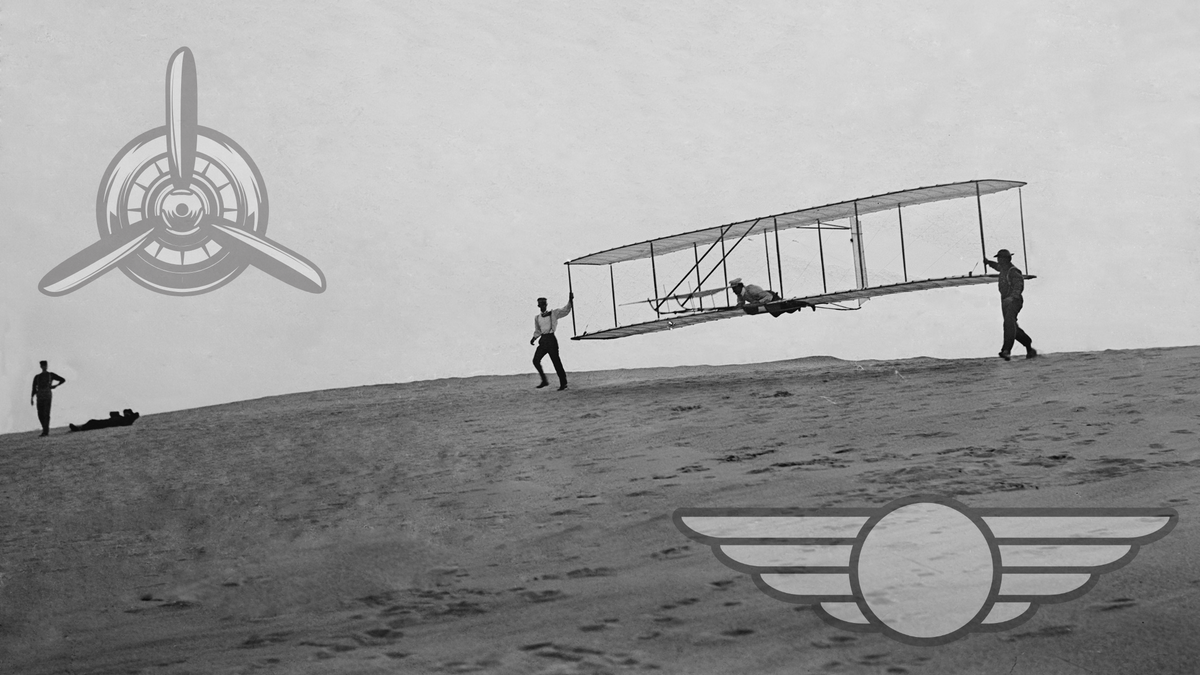
Since the dawn of time, humans have been captivated by the idea of flight. The dream of soaring through the skies like birds has fueled countless innovations and experiments throughout history. From humble beginnings to the extraordinary technological advancements of the present day, the history of aviation is a testament to the indomitable human spirit, ingenuity, and perseverance. In this blog, we will take a captivating journey through time, exploring the key milestones and pioneers that have shaped the fascinating world of aviation.
Early Inspirations and Ancient Legends:
The yearning for flight can be traced back to ancient times. Tales of Icarus and Daedalus from Greek mythology, the Chinese invention of kites, and the ornithopter sketches by Leonardo da Vinci in the Renaissance era, all contributed to the collective human imagination regarding flight.
The Montgolfier Brothers and the Birth of Hot Air Balloons:
In the late 18th century, Joseph-Michel and Jacques-Étienne Montgolfier, two French brothers, revolutionized the concept of flight with their invention of the hot air balloon. On June 4, 1783, they successfully launched the first manned balloon flight in Annonay, France. This groundbreaking achievement laid the foundation for future advancements in aeronautics.

Sir George Cayley and the Principles of Flight:
Often referred to as the "Father of Aviation," Sir George Cayley, an English engineer and inventor, made significant contributions to the field. In the early 19th century, Cayley formulated the fundamental principles of flight, including the concept of lift, drag, and the modern aircraft design featuring a fixed-wing with a separate propulsion system. His insights paved the way for the development of the modern airplane.
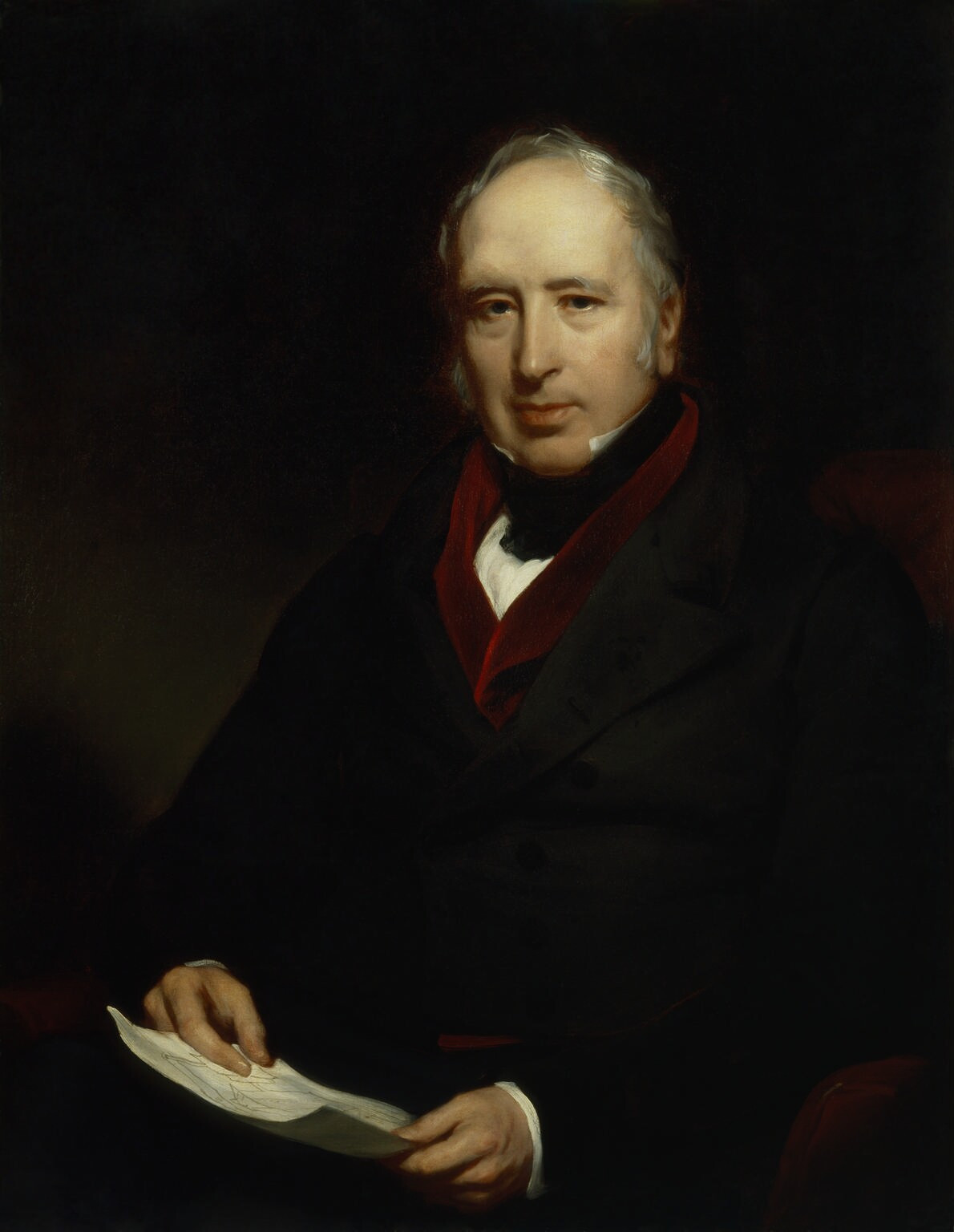
The Wright Brothers and the First Powered Flight:
Arguably the most iconic names in aviation history, Orville and Wilbur Wright achieved the first controlled and powered flight on December 17, 1903, in Kitty Hawk, North Carolina. Their aircraft, the Wright Flyer, lifted off the ground and covered a distance of 120 feet in 12 seconds. This groundbreaking achievement marked a significant milestone in aviation history, forever changing the course of human transportation.
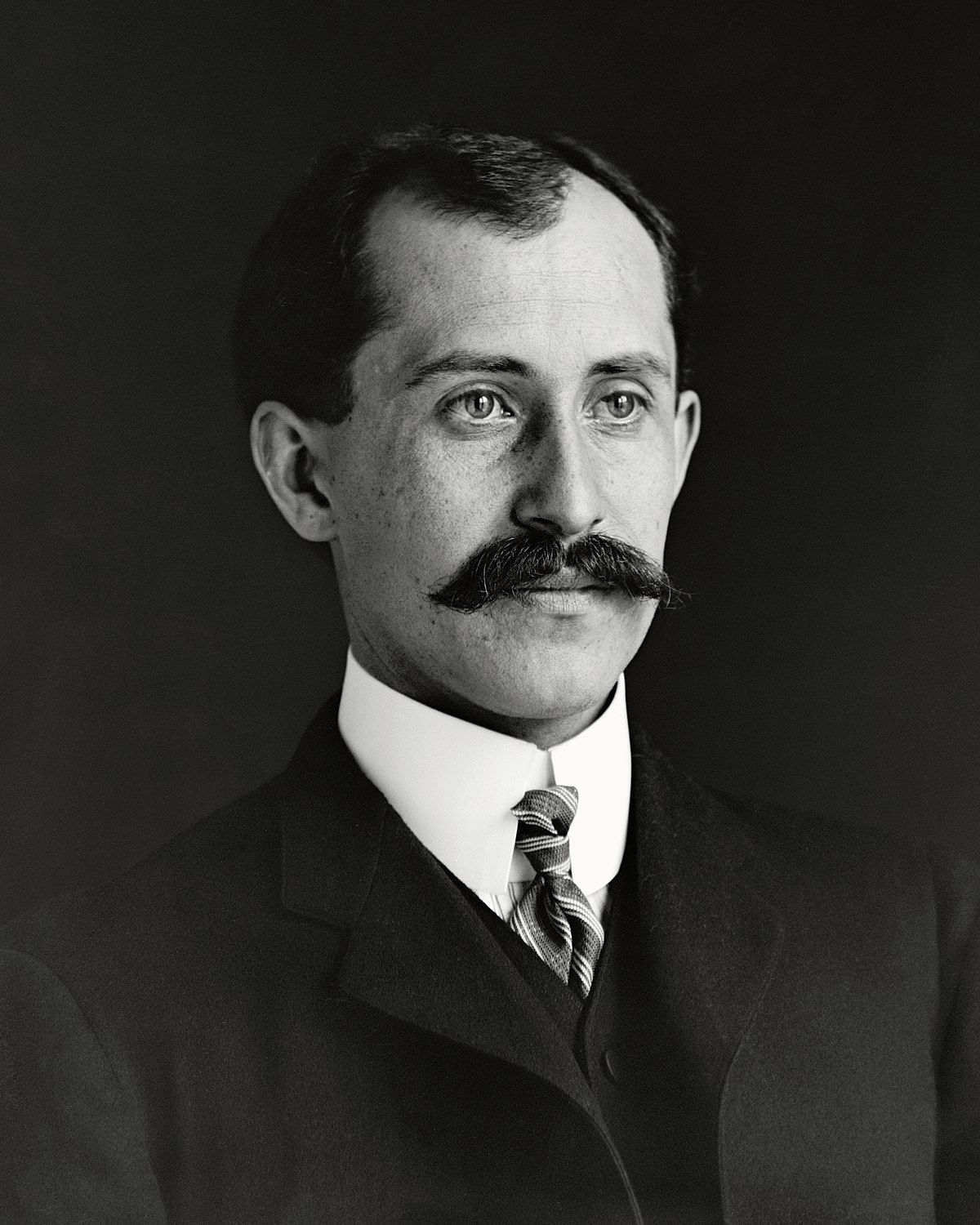
Louis Blériot and the Era of Cross-Channel Flight:
Louis Blériot, a French aviator, etched his name in history on July 25, 1909, by becoming the first person to fly across the English Channel. In his monoplane, the Blériot XI, he completed the treacherous 22-mile journey from Calais, France, to Dover, England. Blériot's feat demonstrated the potential of airplanes as a practical means of transportation and inspired further advancements in aircraft design and performance.

Amelia Earhart and Women in Aviation:
Amelia Earhart, a pioneering aviator and women's rights advocate, became the first female pilot to fly solo across the Atlantic Ocean on May 20, 1932. Her courage and determination shattered gender barriers and paved the way for countless women to pursue careers in aviation. Earhart's legacy continues to inspire aspiring aviators to this day.
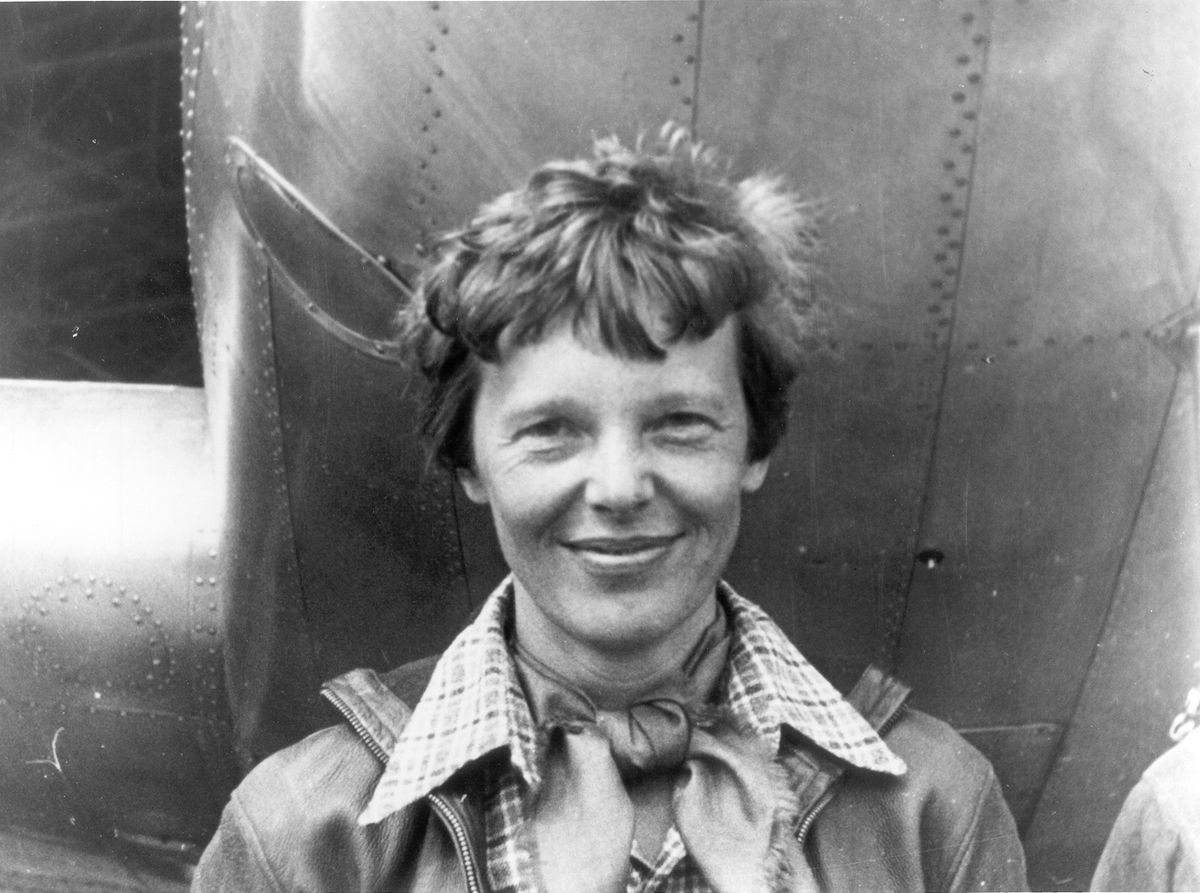
Chuck Yeager and Supersonic Flight:
On October 14, 1947, Captain Chuck Yeager, a test pilot for the United States Air Force, broke the sound barrier in the Bell X-1 experimental aircraft. This momentous achievement pushed the boundaries of what was previously thought possible and opened the door to supersonic flight. Yeager's feat laid the foundation for future advancements in aerospace technology and the development of supersonic and hypersonic aircraft.
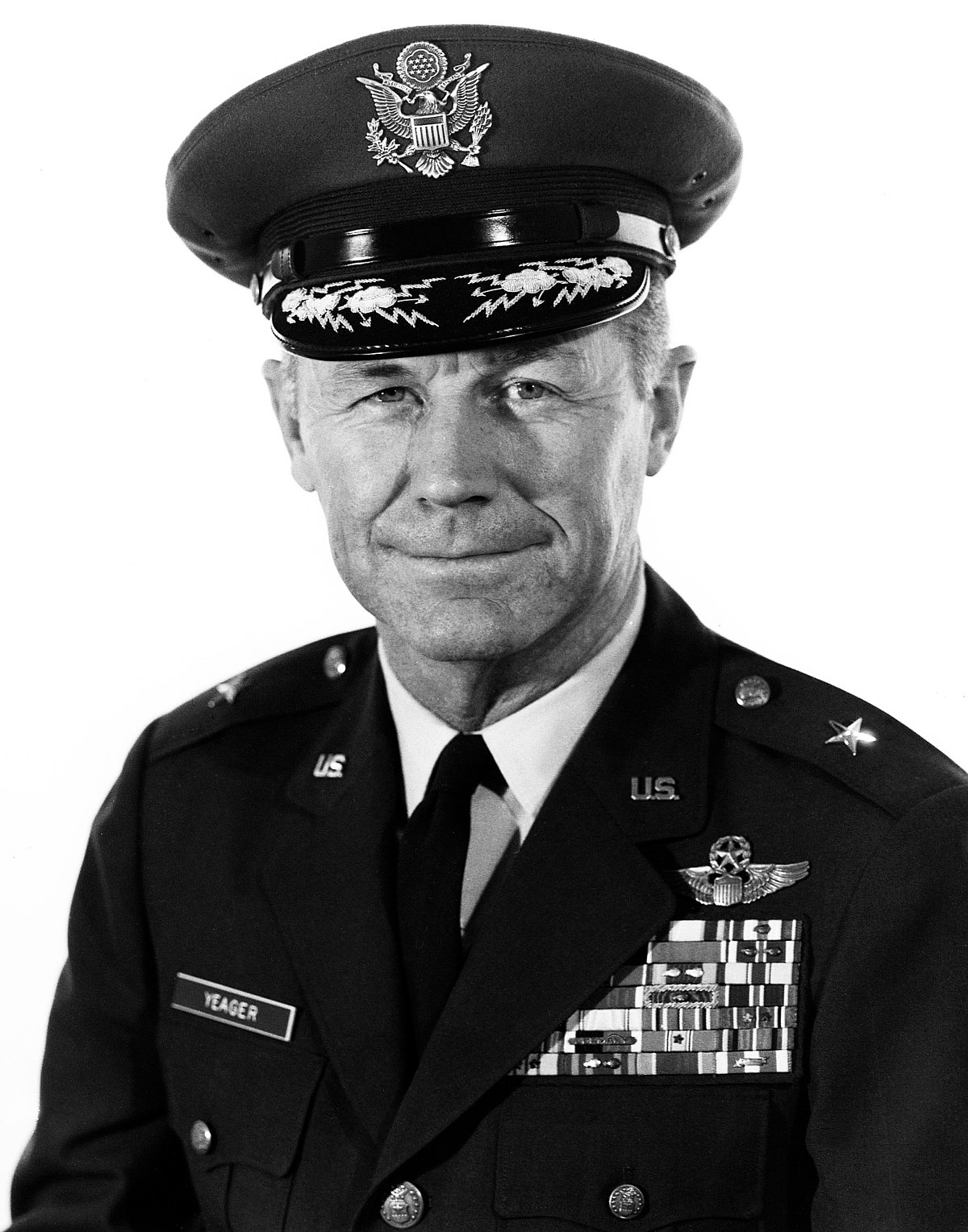
The Jet Age and Commercial Aviation:
The advent of the jet engine revolutionized air travel in the mid-20th century. The de Havilland Comet, the world's first commercial jet airliner, entered service in 1952, ushering in the Jet Age. Subsequent aircraft, such as the Boeing 707 and the Concorde, further transformed the aviation industry, enabling faster and more efficient global travel.
Space Exploration and the Dawn of Astronautics:
The history of aviation extends beyond Earth's atmosphere. In 1961, Yuri Gagarin, a Soviet cosmonaut, became the first human to travel to space, marking a new era of space exploration. Subsequent milestones include the Apollo moon landings, the Space Shuttle program, and the International Space Station (ISS), where humans continue to live and conduct scientific research in space.
Modern Advancements and Future Prospects:
Aviation has come a long way since its humble beginnings, thanks to continuous advancements in technology. The development of fly-by-wire systems, composite materials, more efficient engines, and autonomous flight capabilities are revolutionizing the aerospace industry. Furthermore, ongoing research and development in electric and hybrid propulsion systems are paving the way for sustainable aviation in the future.
The history of aviation is a testament to human innovation, bravery, and the unyielding pursuit of the impossible. From the dreams of ancient civilizations to the breathtaking achievements of modern astronauts, aviation has undergone remarkable transformations. Pioneers like the Wright brothers, Amelia Earhart, and Chuck Yeager have left an indelible mark on the landscape of aviation, inspiring generations to push the boundaries of what is possible. As we continue to reach for the skies and beyond, the future of aviation holds endless possibilities for exploration, innovation, and the fulfillment of humanity's age-old dream of flight.
